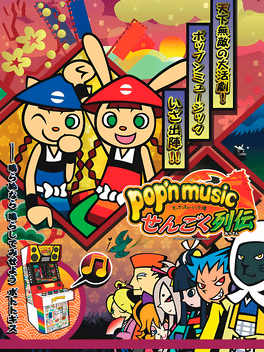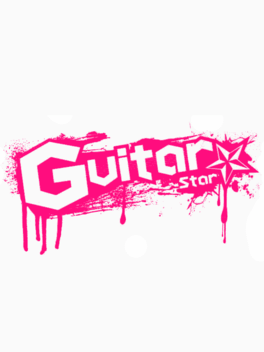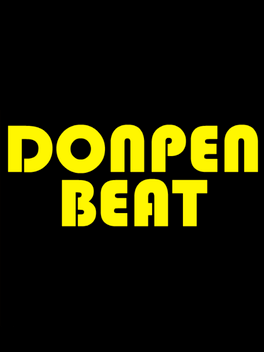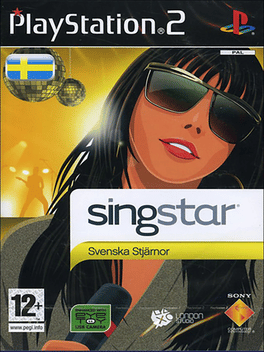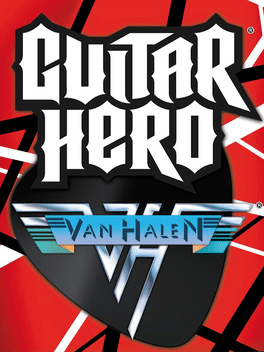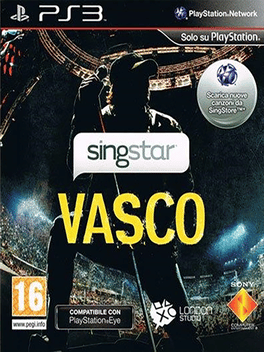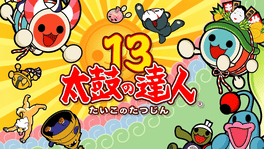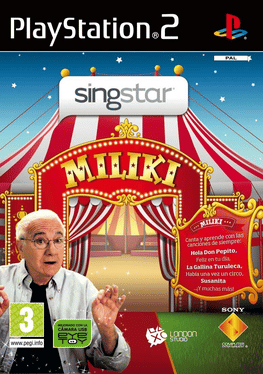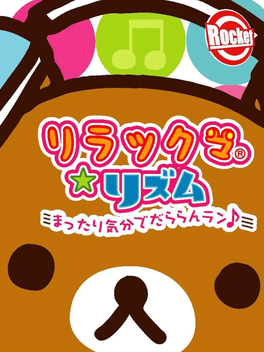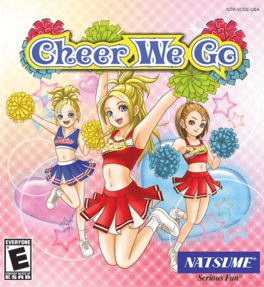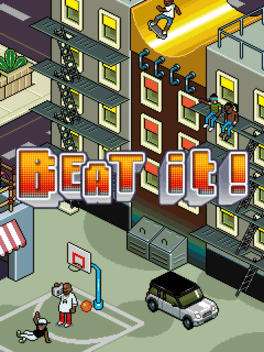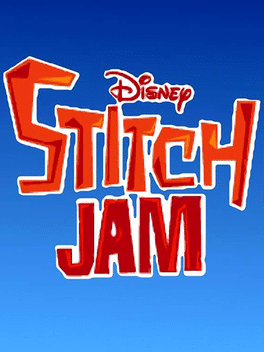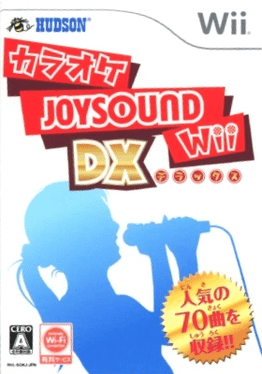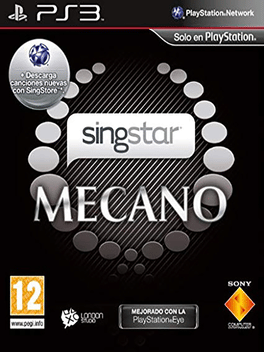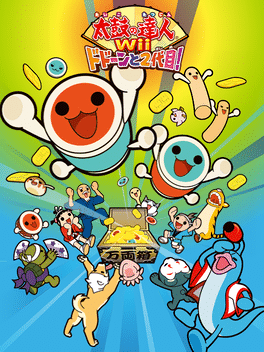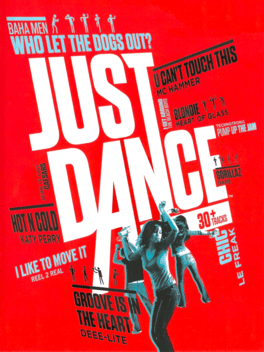New Playstation Games - Page 54
-
Guitar Star
2009
Guitar Star
2009
A plug-and-play console designed to capitalize on the boom of games like Guitar Hero and Rock Band, manufactured and released sometime in 2009. It contains licensed MIDI versions of various rock songs like 'Dream Police' (Cheap Trick) and 'Thriller' (Fall Out Boy), and four modes from which to play them in. It has garnered a reputation for being a rather poor representation of the 'guitar game' subtype, often pointing to the lackluster covers and low production quality. -
Donpen Beat
2009
Donpen Beat
2009
Donpen Beat is a rhythm game by Japanese discount store Don Quijote. In the game, you control the store mascot, Donpen, who is on stage trying the gain the attention of the audience by dancing. -
Rock Band
2009
-
Hannah Montana: Rock out the Show
2009
Hannah Montana: Rock Out the Show is the first Hannah Montana game on the PSP. -
Singstar: Svenska Stjärnor
2009
The Singstar concept has met great success in Scandinavia, but earlier releases had only English songs. Consumers wanted to sing songs they knew, in their own language, and Singstar svenska hits was born. The game follows the same layout as previous games in the series, but with new artists. -
Guitar Hero: Van Halen
2009
star 5.6Guitar Hero: Van Halen lets you stand in the shoes of this Rock and Roll Hall of Fame band as you perform 25 epic Van Halen tracks, three signature Eddie Van Halen solos and 19 guest act tracks. Get the crowd roaring with your arena rock stylings on Van Halen hits like Jump, Hot for Teacher, Ain't Talkin' 'Bout Love and Dance the Night Away, as well as songs like Billy Idol's White Wedding, Foo Fighters' Best of You and Blink-182's First Date. Experience the excitement of playing as this ultimate party band as you rock out to dozens of enduring hits and prove you have the talent and the style to live up to the Van Halen legend. -
SingStar: Vasco
2009
SingStar: Vasco
2009
SingStar: Vasco is a karaoke game which exclusively features songs by Vasco Rossi. There are no changes to the gameplay formula: player(s) sing into a microphone and the game gives points based on the performance. The only basis of assessment is if the correct note is hit with the correct timing; the sung words or octave does not play into the result. The PS3 version allows access to the SingStore, an online shop for downloading additional songs. -
Taiko no Tatsujin 13
2009
Taiko no Tatsujin 13
2009
The 13th Taiko no Tatsujin, released on December 2009 just five months after the wildly successful Taiko 12.5. Taiko 13 takes the game to new heights, being the first version to be used in a nationwide (Japan, of course) official Taiko no Tatsujin tournament in April 2010. In terms of new features, again it doesn't introduce many new things, except a slight change in the Children/Folk genre name from Kanji to hiragana. -
SingStar: Miliki
2009
SingStar: Miliki
2009
SingStar: Miliki is a karaoke game which exclusively features songs by the Spanish clown and musician Miliki. There are no changes to the gameplay formula: player(s) sing into a microphone and the game gives points based on the performance. The only basis of assessment is if the correct note is hit with the correct timing; the sung words or octave does not play into the result. -
Cheer We Go!
2009
-
Beat It!
2009
-
Disney Stitch Jam
2009
Disney Stitch Jam
2009
Disney Stitch Jam will introduce players to the latest adventures set in the popular world of Stitch, a classic character from the Walt Disney Pictures’ 2002 film “Lilo & Stitch.” Stitch must embark on rhythm-based missions that take place in stunning locations, from tropical beaches to outer space, and defeat Dr. Hamsterviel in an epic galactic showdown to save his kidnapped girlfriend, Angel. Disney Stitch Jam is also equipped with two-player co-operative play via download, where players can share the game with friends and play as Stitch and Angel. -
SingStar: Mecano
2009
SingStar: Mecano
2009
SingStar: Mecano is a karaoke game which exclusively features songs by the Spanish group Mecano. There are no changes to the gameplay formula: player(s) sing into a microphone and the game gives points based on the performance. The only basis of assessment is if the correct note is hit with the correct timeing; the sung words or octave does not play into the result. -
Taiko no Tatsujin Wii: Do Don to Nidaime
2009
Taiko no Tatsujin Wii: Do-Don to Nidaime! is the second Taiko no Tatsujin game on the Nintendo Wii. It was released on November 19, 2009. -
SingStar: Latino
2009
SingStar: Latino
2009
SingStar Latino brings us a compilation of Latin songs, with hits from artists such as Alejandro Sanz, Juanes, Carlos Baute, David Bisbal, Paulina Rubio, La Quinta Estación, and Julieta Venegas. -
Just Dance
2009
Just Dance
2009
star 4.4Dance to the rhythm of your favorite beat with Just Dance, a music & rhythm video game that allows you to dance the night away with your friends and family without ever leaving the house. With simple pick-up and play controls, anyone can join the party.
